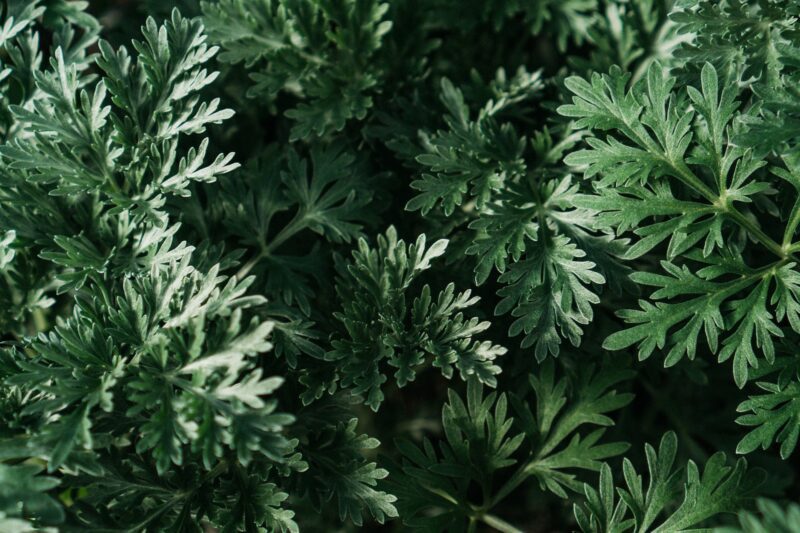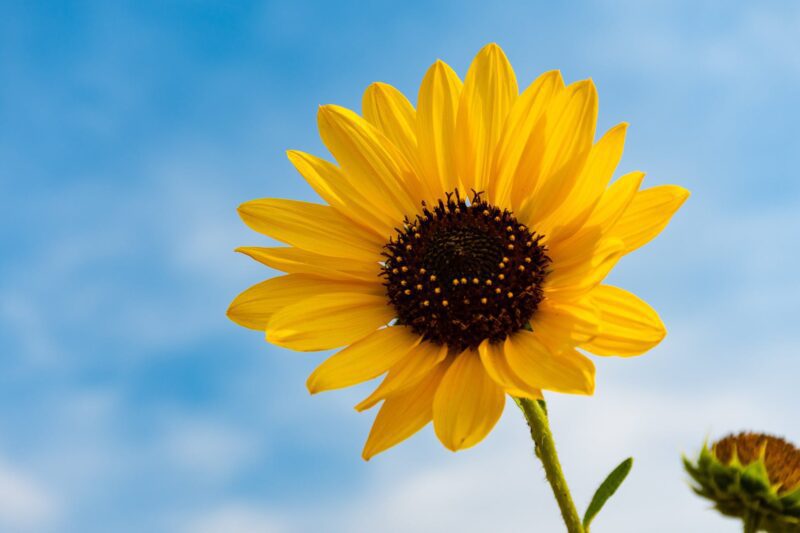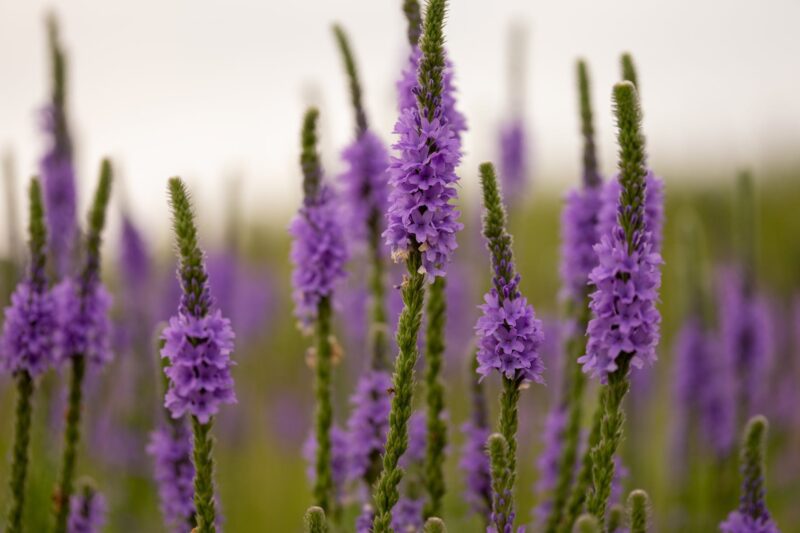We often observe our yards blanking abruptly with dots of sunny, golden blossoms every spring. While many residents in suburban areas consider dandelions the scourge of their existence and use large sums of money to eliminate them from sight, the matter is that dandelions both from a medical and magical standpoint have a long and rich folklore historical record. Let’s look at various ways dandelions have been used over the centuries.
Taraxacum is the common name for this herb. It is a sizable genus of Asteraceae flowering plants. Although the two most prevalent species of dandelion were introduced into North America and Europe, where they currently thrive as wildflowers, this genus is endemic to Eurasia and North America. The blossom and the plant are both tasty.
A lot of dandelion aberrations have developed into kids’ stories – question every seven-year-old, and they will tell you that the small seeds will bring you a wish if you blow on a dandelion puff. Hold a dandelion under your chin – you will be rich someday. The legend goes back to medieval times.
All parts of the dandelion, including the leaves, stems, flowers, and roots, are edible. Vitamins A, C, and K are present in high concentrations in raw dandelion greens, whereas calcium, potassium, iron, and manganese are present in modest amounts. Dandelion leaves contain 86% water, 95% carbs, 3% protein, and 1% fat when they are raw. There are 45 calories in 100 grams. The uncooked blossoms contain a variety of phytochemicals, including flavonoids like apigenin, isoquercitrin, and caffeine acid. The prebiotic fiber inulin is present in high concentrations in the roots. Lutein is present in dandelion green.
The dandelion has a variety of medical benefits, according to Maud Grieve’s A Modern Herbal. The sap from the stems can be used to treat warts, and the leaves can be dried and used to make tea to improve digestion. A tincture made from brilliant yellow blooms is thought to help with liver issues, and the root can also be dried and brewed into tea.
Some people utilize dandelions to improve their psychic skills. Scott Cunningham advocates using dandelion roots in tea to aid with divination and prophetic dreaming in his Encyclopedia of Magical Herbs.
The dandelion is connected with growth and change in certain magical belief systems – after all, a few dandelion blossoms quickly convert into hundreds of seeds ready to go throughout the neighborhood, repopulating neighboring yards. There’s also a link to moving on – if you have a negative habit you’d like to break, identify it with a dandelion puff and blow it away from you.
These hardy yellow flowers adapt to a wide range of soil conditions and will thrive in almost any place. Use dandelions to signify strength and your capacity to overcome hardship by capitalizing on your tenacity. Because of her relationship with bees, dandelions are connected with the goddess Aphrodite in various mystical traditions. Others associate this plant with the underworld because of its association with the goddess Hecate.
The Sacred Number for Dandelion is 55.
The I Ching states that dandelion can be used for magical reasons that promote abundance. It can be utilized in spells and rituals to promote abundance, productivity, making the most of our time, and adhering to and following a schedule. The good fortune that has been bestowed upon us can be used in spells with this ingredient. In other words, it is ideal for spells to continue to be magical and uplifting.
Dandelion is a symbol of development and change. To break a bad habit, take a dandelion puff, imbue it with the negative behavior using your voice, and then blow on it to make it vanish and blow it away.
Dandelions are also related to strength and the capacity to endure adversity or perseverance because they can grow almost anywhere.
Sure, you could try to get rid of dandelions if they’re all over the place. But wouldn’t it be far more beneficial to accept them and profit from the power they possess?





